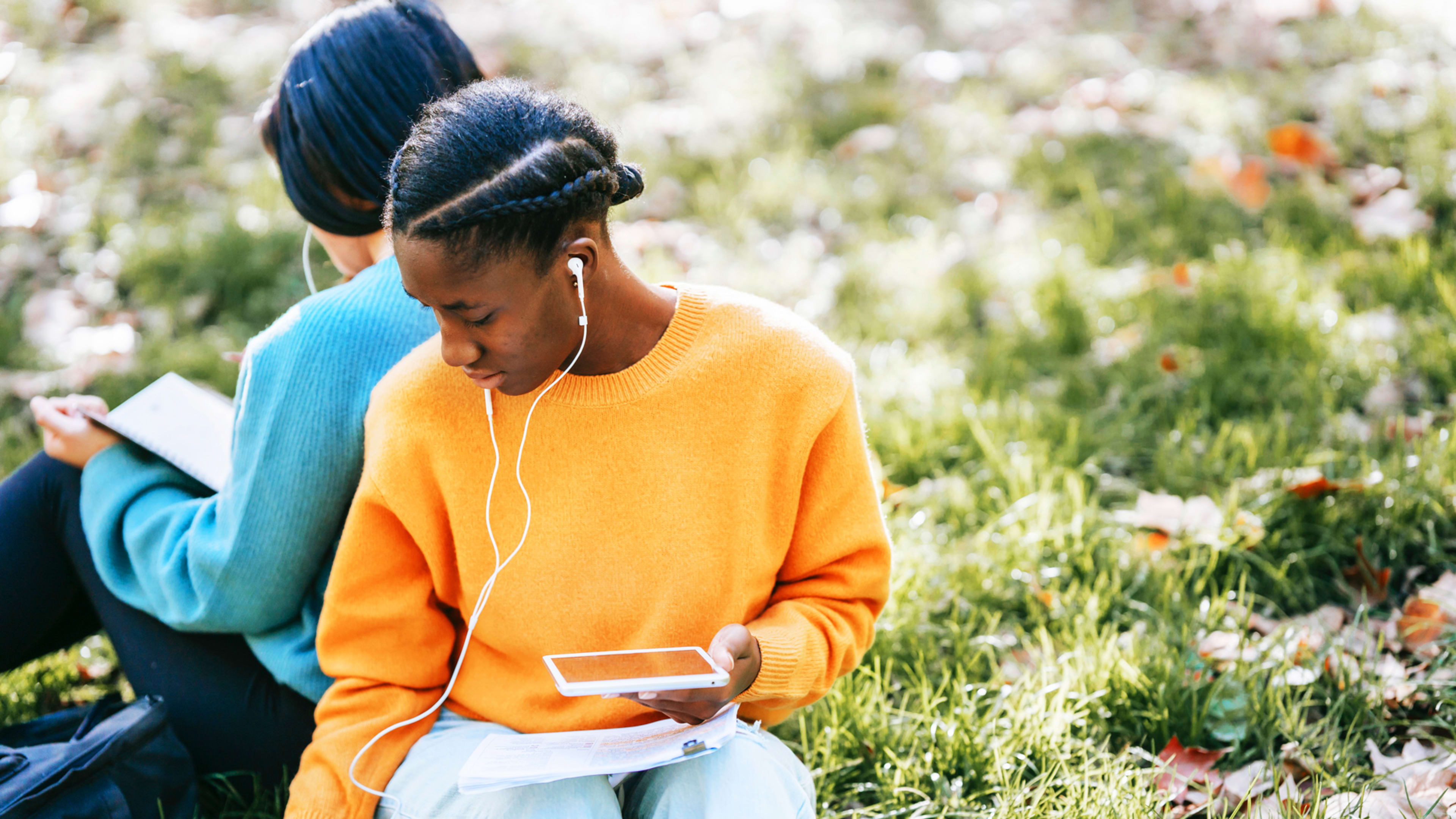The pandemic has influenced every facet of our lives including our circle of friends. In the before-COVID-19 era, most people had social lives organized around meeting people in locations for activities. Colleagues might get together for a drink after work. Parents might organize visits to the park so that the kids could play while the parents hung out. Old friends would meet for dinner. Couples would go out to hear music.
When the lockdown started, a lot less happened in person. Colleagues weren’t seeing each other at work, and Zoom happy hours were often joyless attempts at camaraderie. Movies, dinner, drinks, live music, and other activities were no longer options.
Some people responded to COVID-19 by reducing their social engagements altogether. For them, the in-person interactions they had with friends and colleagues were replaced with exercise at home, binge-watching streaming television, and hobbies. Other people used technology to find the companionship they would otherwise have gotten in person. Social media allowed people to reach back out to old friends to revive relationships from the past. Video chats and even old-school phone calls made geography less important for social engagement.
As we start to reemerge into the world, what are our social interactions going to look like? Here are a few possibilities:
Embracing staying home
Lots of people are looking forward to getting out more. In my hometown of Austin, Texas, the restaurants seem to be getting more crowded, and popular hangout spots such as the trail around Ladybird Lake and Zilker Park are full of people.
But some people have been enjoying the break from the need to be social. Those who are more introverted and those who are anxious in social settings have enjoyed the permission to avoid getting together in person with other people, and particularly with large groups of other people.
If you’re a person who prefers quiet time at home to going out with others, there is no reason to change your routine as the world opens back up. The world pre-COVID-19 probably made you feel guilty for missing out on social events. Now, there is wider recognition that spending time alone is a healthy alternative for many people.
The joy of small gatherings
From watching TV, you might think that the best social gatherings are large. Whether it is a crowded party with loud music in someone’s apartment or a gala fundraiser, it is easy to get a sense that bigger is better. This year, though, we have found ways to connect with small numbers of people. Phone calls, walks outside with friends, and small socially distanced dinners have revived the joy of conversation.
As we move into the new normal, these small parties are likely to remain the norm. Getting together with just a few people is safer than attending large gatherings for now. Plus, it is actually nice to be able to hear the people you’re talking to rather than shouting over the din to be heard.
You might even keep meeting with some of the folks from distant places that you reconnected with during COVID-19. Zoom happy hours were a disaster, because only one conversation can happen at a time when everyone is on a single platform. But spending social time with a couple of friends on video chat can actually be fun—particularly if they live far away and you wouldn’t be able to see them otherwise.
More planning, less spontaneity
Our social interactions post-pandemic are also likely to be much more scheduled than the ones we had before. Pre-COVID-19, you could get together with a group, meet somewhere, and then find a place to spend time. For now, there are likely to be some restrictions on the occupancy of all kinds of commercial establishments for some time to come. Restaurants, bars, and coffee shops will probably enforce maximum occupancy below their full capacity. Museums and other venues may similarly limit entry.
As a result, it will be harder to make spontaneous changes in plans. It might even get harder to add a few more people to an existing plan. As a result, you’ll have to spend more time planning in advance if you want to go out to do something. The alternative to planning is to do more activities centered around someone’s home.
That means that the friends you’re most likely to spend time with when you go out are ones who are amenable to some amount of structure in their routines.
Embracing live events again
Then, there is the matter of live events—theater, concerts, sporting events, and festivals. One set of friendships that suffered are ones that were organized around activities that ground to a halt. Live theater and movies have not returned in force. Indoor concerts are still rare, though outdoor venues are starting to return. Sporting events have been held with limited-capacity seating in the crowd, though that seems about to change. And there is a lot of discussion about restarting outdoor festivals of different kinds.
You’ll have to gauge your own interest in returning to each of these kinds of events and then reach out to your friends and see where they are leaning. You may find that the friends you normally attended events with may take some time to get equally comfortable at returning to these activities. In the meantime, sharing news related to your mutual interest is a good way to keep up the relationship.
Recognize your brand’s excellence by applying to this year’s Brands That Matter Awards before the early-rate deadline, May 3.
